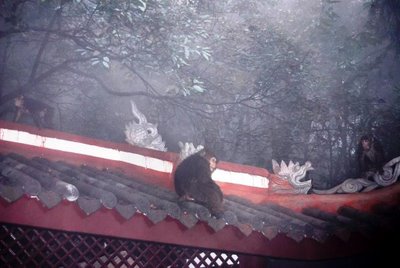12/19/2006 ~ Happy Holidays
On the Rio: Freddy Jones ~ Into the Wind

On the Rio: Freddy Jones ~ Into the Wind


 And an urn.
And an urn.

On the Rio: Allman Brothers ~ Soul Seranade

And in the background you can see the beginnings of an ice sculpture on the river.

On the Rio: Chi-Lites ~ Stoned Out of My Mind

 This is my team-mate EW.
This is my team-mate EW.



And here is a picture of the Chairman, always watching over us during dinner.


On the Rio: Rolling Stones ~ 2000 Light Years From Home

Ripened on the tree...
 Ready to be eaten...
Ready to be eaten... Here is another fruit from Simatai (Great Wall). At first I thought it was the same as above, but my guide said the inside was similar to an apricot or peach. (Can you see the moon in the sky?)
Here is another fruit from Simatai (Great Wall). At first I thought it was the same as above, but my guide said the inside was similar to an apricot or peach. (Can you see the moon in the sky?) A bird was feasting...
A bird was feasting...

On the Rio: Bart Hopkins ~ A Felicidade
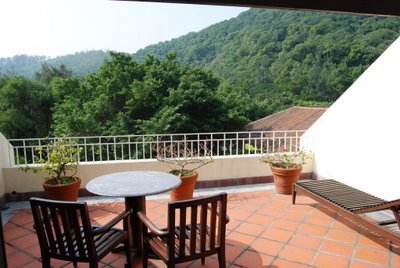
Views at the beach...
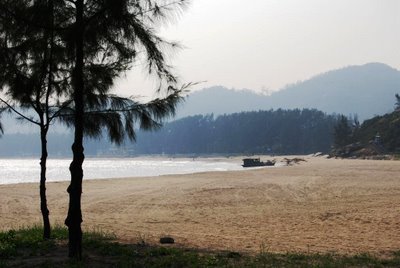
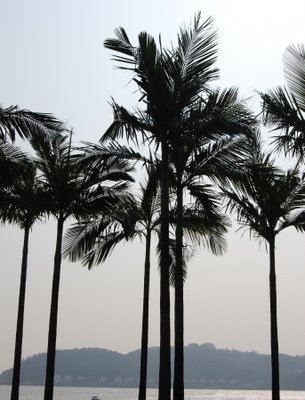
A ladybug...
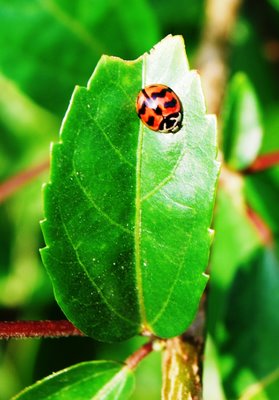
A windsurfer as seen from my terrace...

A self-photo...
The local beer...
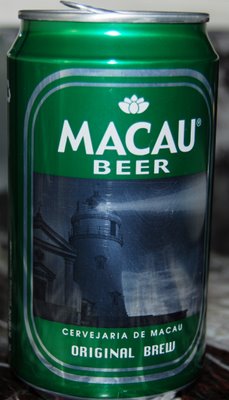
And sunset...
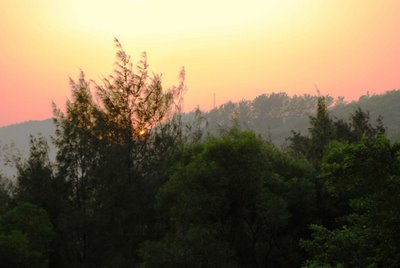
On the Rio: Grateful Dead ~ Attics of My Life, 10/9/1989, Hampton, VA
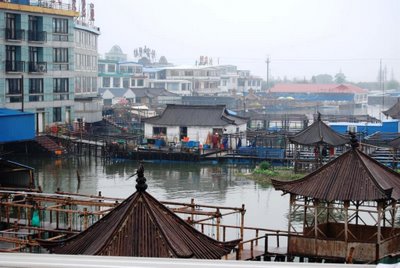
The crustaceans become mature day by day with autumn.They get itchy feet to crawl to the mouth of Yangtze where fresh and salty water meet, to answer the call of nature - meet their partners and parent the next generations. It is a spectacular scene: millions of crabs crawl to the Yangtze River and swim eastward. Here is a restaurant dock worker pulling out the crabs from a cleansing tub.
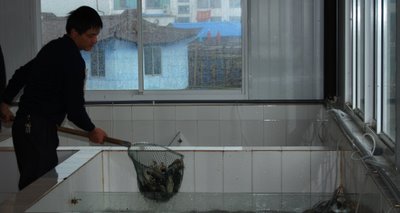
Yangcheng Lake hairy crabs have features in common, that is, a shining green crust, a jade-white belly, golden legs with long hard hair, and spitting foam constantly. Each of them is about 200 grams in weight.
Female crabs have a round belly, while for male ones, it is pointed. The ninth month in the Lunar Calendar is the right time to try female crabs with much ovaries and roe, and the next month is better for male ones.
Here is my co-worker JL demonstrating the correct way to handle a crab.
Commonly, crabs are the last dish of a dinner, because they are so delicious that other food would not have any taste if you tried crabs first. So for our first courses we had such other delicious food as cold duck intestines, fried fish whole fish, snails (which I was told not to eat as they are so difficult to suck out of the shell and only eat the body, not the intestinal areas), kale, green beans, and some other items I do not know the name of.
And then the crab was served. Two to four crabs are a proper amount for one person, and we were each served 2: a male and a female. To most Westerners, eating crab is difficult, for the crusts are hard and they do not always know where to begin. Thank goodness my co-workers explained the entire eating ritual.
I started with the female. First, you pop off the bottom shell to get to the yellow eggs. Then you break the crab into 2. You can eat everything you see except for the white lungs. After the inside meat is eaten, you start on each leg. Now, I know in the US you get those fancy pliers and cute little forks to assist you, but not here (well, at upscale city restaurants maybe, but not at Yangcheng Lake). So, I managed to bite open a few legs without breaking any teeth (don't tell my dentist), and used my chopsticks to push the meat through.
Here are my team-mates enjoying the hairy crabs.

I was only able to eat one of my crabs. It was just too much hard work to go for the second one.
At least the tradition is to drink warm rice wine or beer with the crabs.
After the crab fest, we drove to Shajiabang, famous for its reed marshes and as a center of guerrilla warfare during the Anti-Japanese War. The Japanese troops were bent on exterminating all New Fourth Army personnel from the area, so leader Guo and his men took refuge in the nearby marshes and were sheltered by a local farmer woman. Of course, there is now a famous Peking Opera of this story.
Here is a picture at Shajiabang.

We went to a tea house there, and I watched my team-mates play cards (I still don't get the hang of the game), and drank a lot of tea.
All in all, a fun time was had by all.
On the Rio: Jimi Hendrix ~ Born Under A Bad Sign
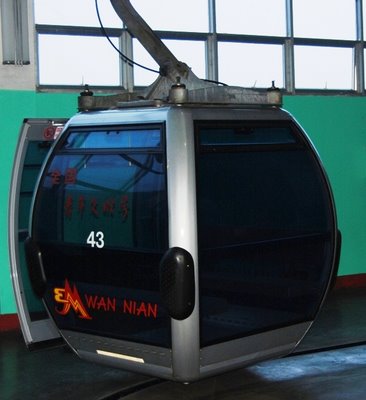
Here is the view during the ascent.

The mountain is often misty, providing for a mysical arrival to climb the stairs to the temples.
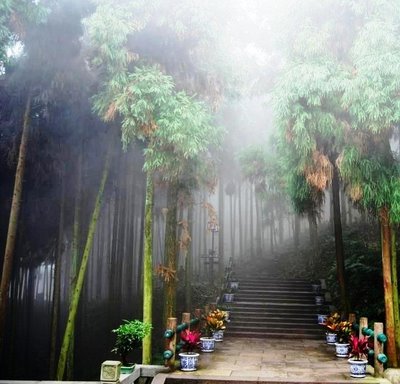
Passing the Qingyin (Pure Sound) Pavilion echos the sound of the nearby confluence of the Black Dragon and White Dragon waters. This picture unfortunately did not turn out well, but I'm posting it anyway. In English it says "Love grass and love life."
Higher up on the path, now at 3,345 ft (1,020 meters) is the Wannian Temple (Temple of Ten Thousand Years).
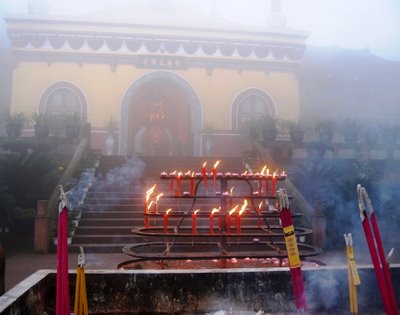
Founded in A.D. 268, it was embellished during the reign of Wanli with a huge beamless hall to house an enormous copper and bronze figure of Puxian on his elephant. The original wooden struture burned down, so the present one was made of brick. The has was modeled on a tower at Kublai Khan's summer lodge in Chengde.

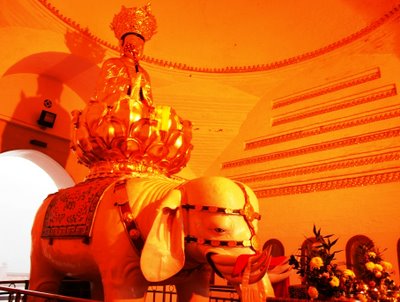 But the temple for me was not the most interesting part of the daytrip. I was more intrigued by the following sign.
But the temple for me was not the most interesting part of the daytrip. I was more intrigued by the following sign.

It states: "Dear passengers, Some wild monkeys often appear in this area, you'd better pass the trail with some accompanies and take good care of your personal goods."
I thought, come on, wild monkeys on the mountain? So I asked my guide Kevin and he assured me they would be around. And if I had any food in a plastic bag to get rid of it before we started up the stairs.
And sure enough, just at that moment, through the mist, Kevin pointed out a baby monkey in a tree.
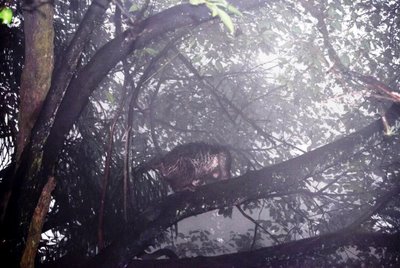
And within a few moments, monkeys were everywhere. Screeching and howling, and jumping from branch to branch. They even came up to some people on the path ahead of us. I have to admit my heart starting racing a little more than usual. There are trail guides with long sticks to chase them away. Some are quite large, with big teeth, and I was warned not to get too close to take a picture. Here is a baby below me.
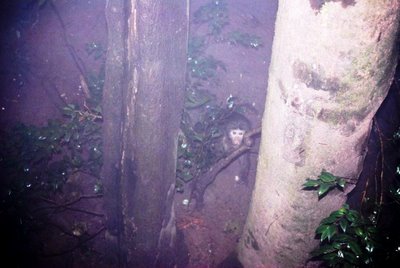
And as we were leaving there were several on the rooftop of the souvenir shops, saying good-bye for now.
